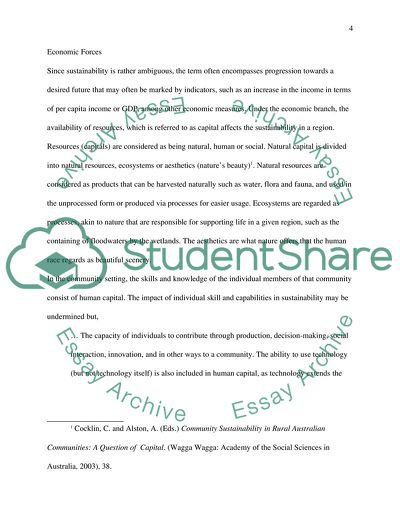Cite this document
(The Sustainability of Rural Communities Assignment, n.d.)
The Sustainability of Rural Communities Assignment. https://studentshare.org/sociology/1774799-urban-planning-major-rural-resource-planning-seminar-discussions-paper
The Sustainability of Rural Communities Assignment. https://studentshare.org/sociology/1774799-urban-planning-major-rural-resource-planning-seminar-discussions-paper
(The Sustainability of Rural Communities Assignment)
The Sustainability of Rural Communities Assignment. https://studentshare.org/sociology/1774799-urban-planning-major-rural-resource-planning-seminar-discussions-paper.
The Sustainability of Rural Communities Assignment. https://studentshare.org/sociology/1774799-urban-planning-major-rural-resource-planning-seminar-discussions-paper.
“The Sustainability of Rural Communities Assignment”. https://studentshare.org/sociology/1774799-urban-planning-major-rural-resource-planning-seminar-discussions-paper.


